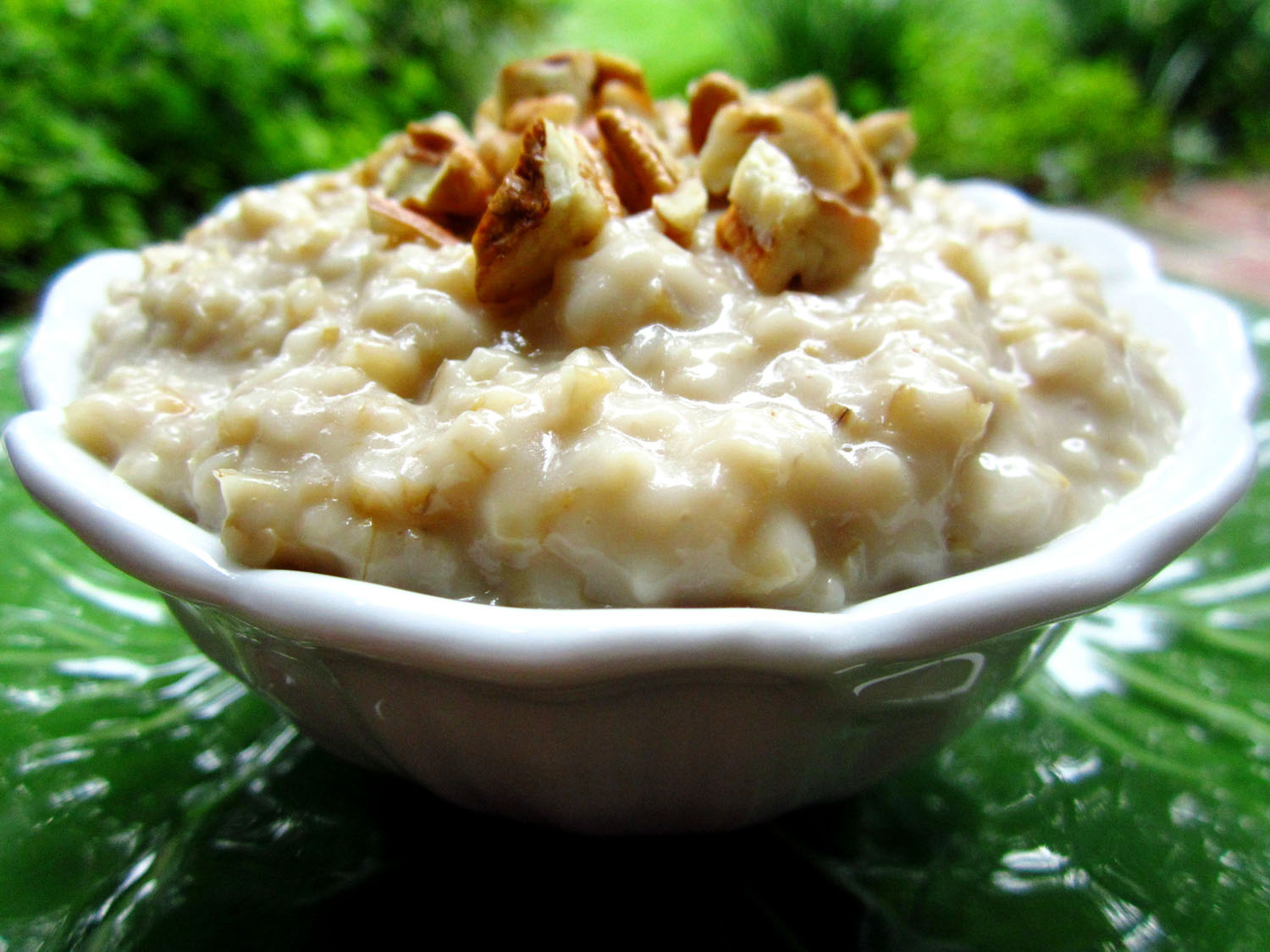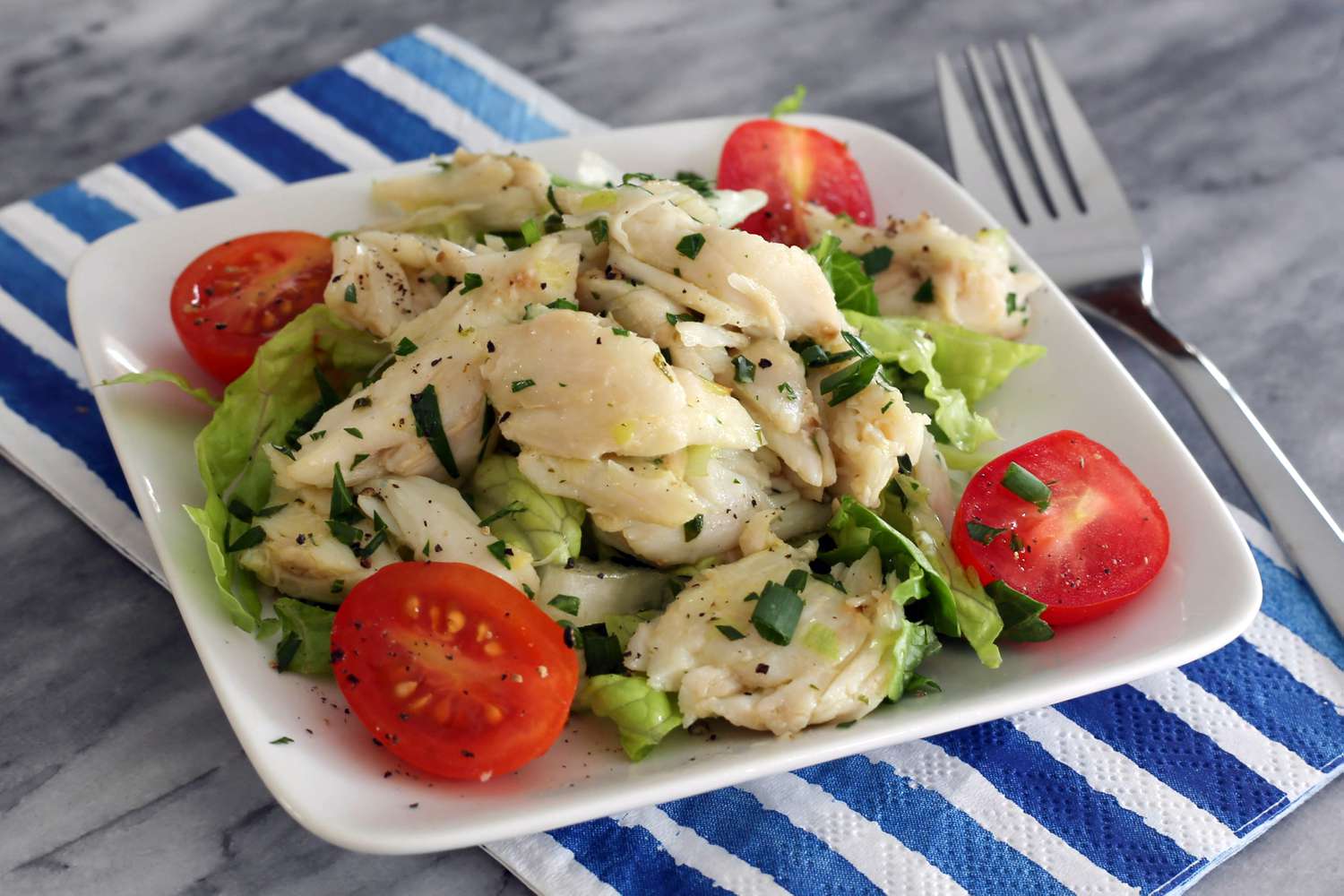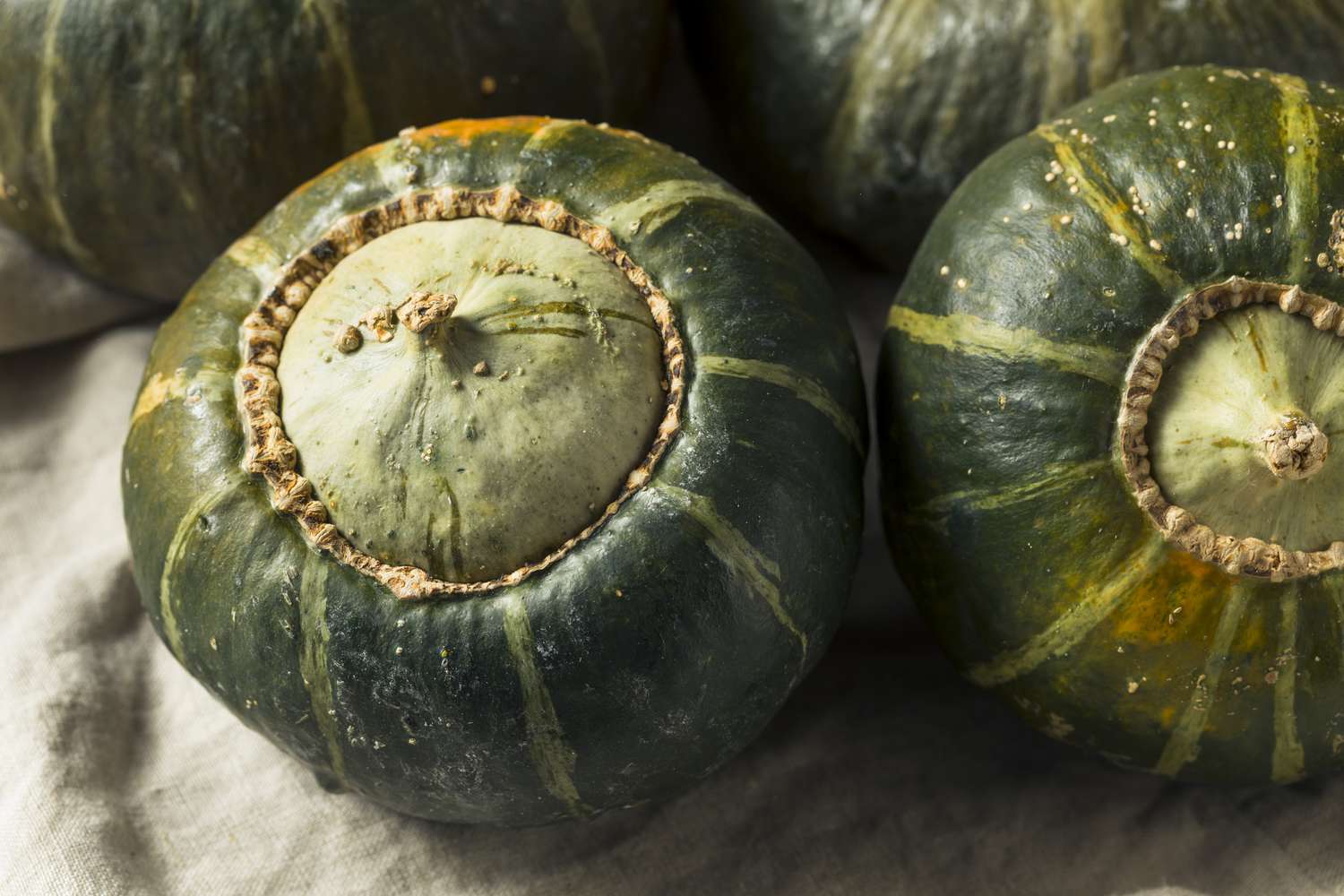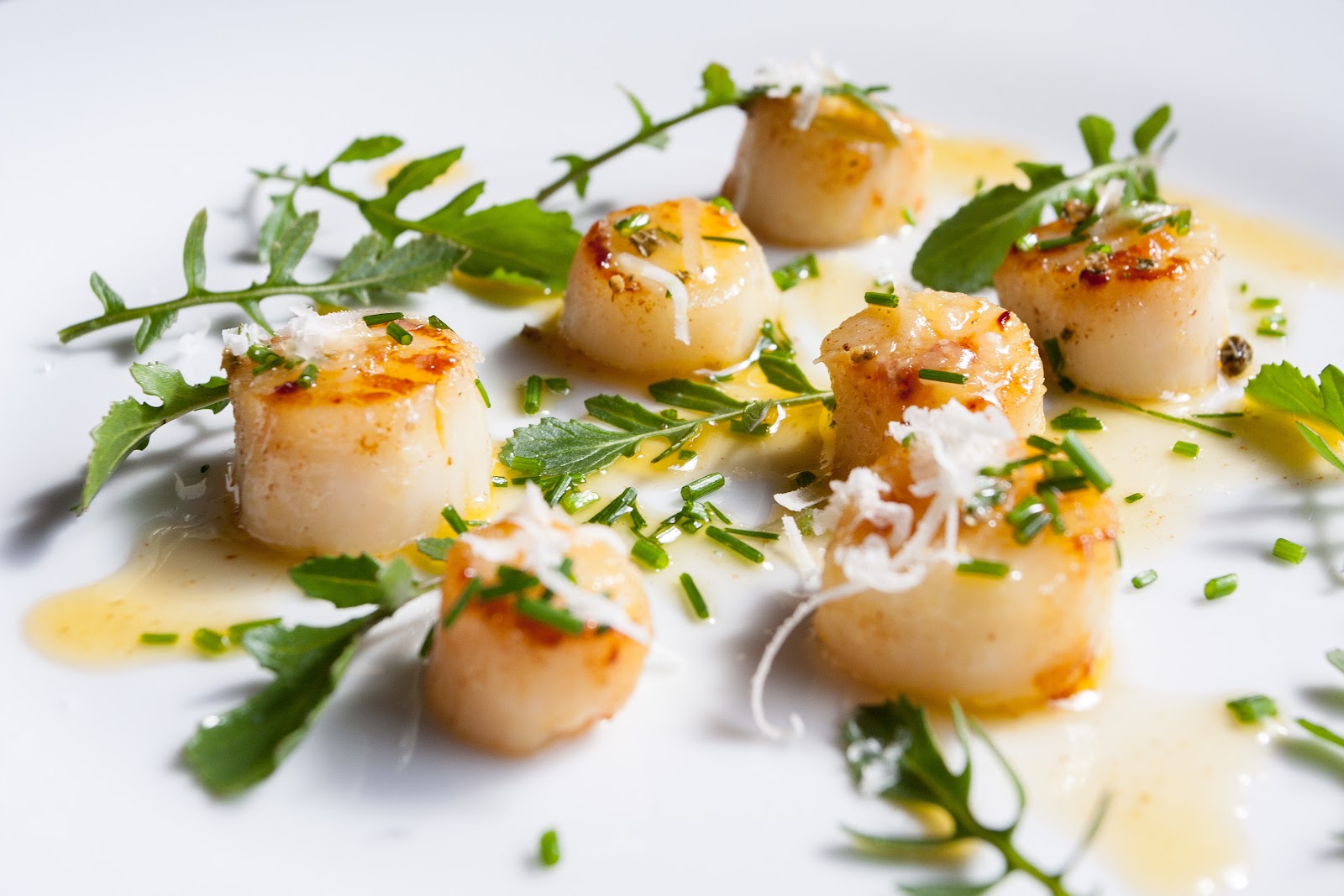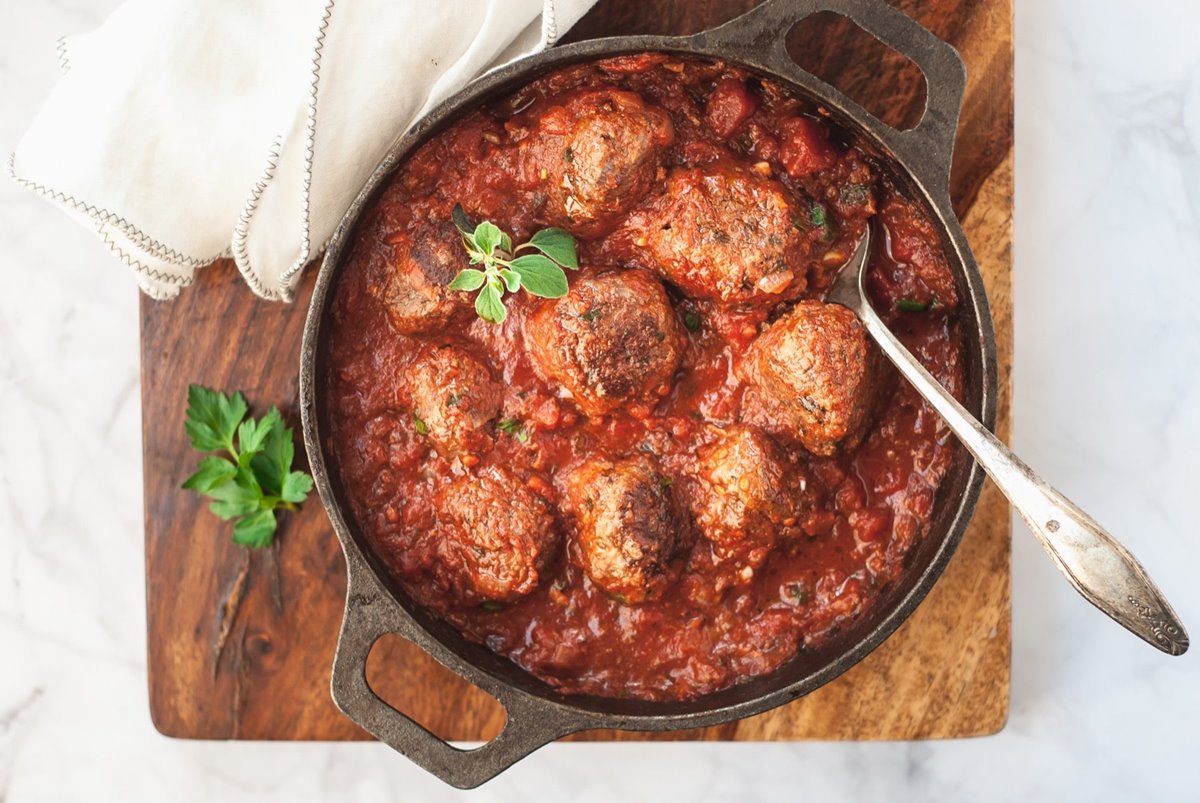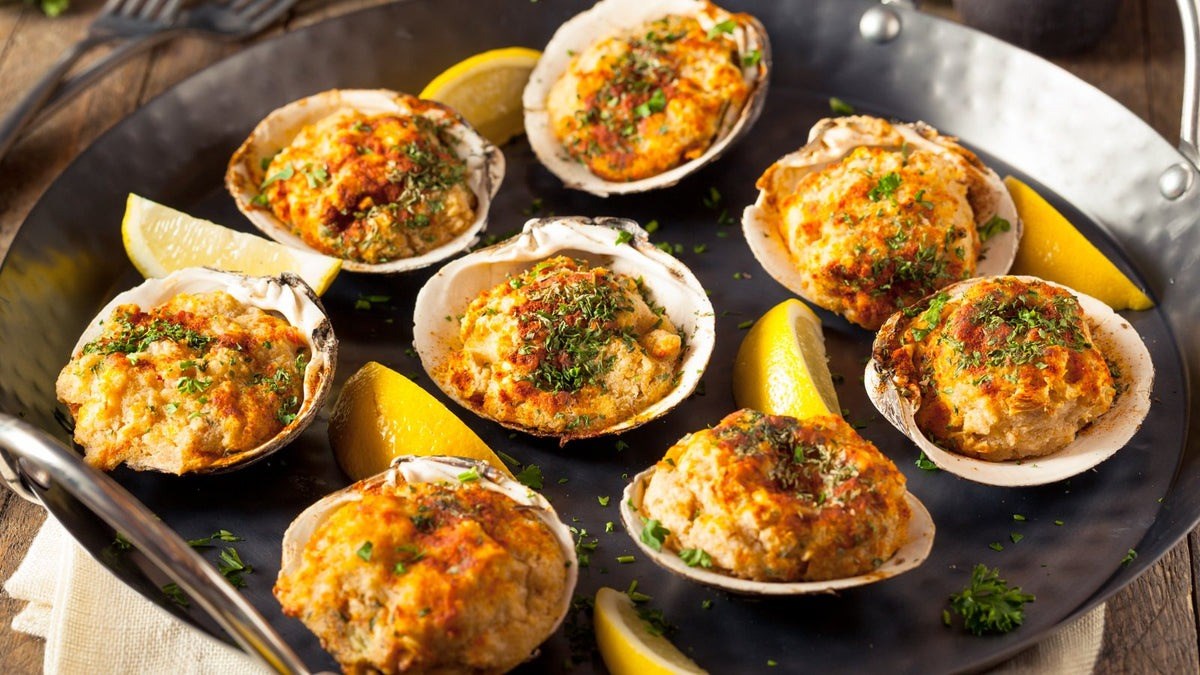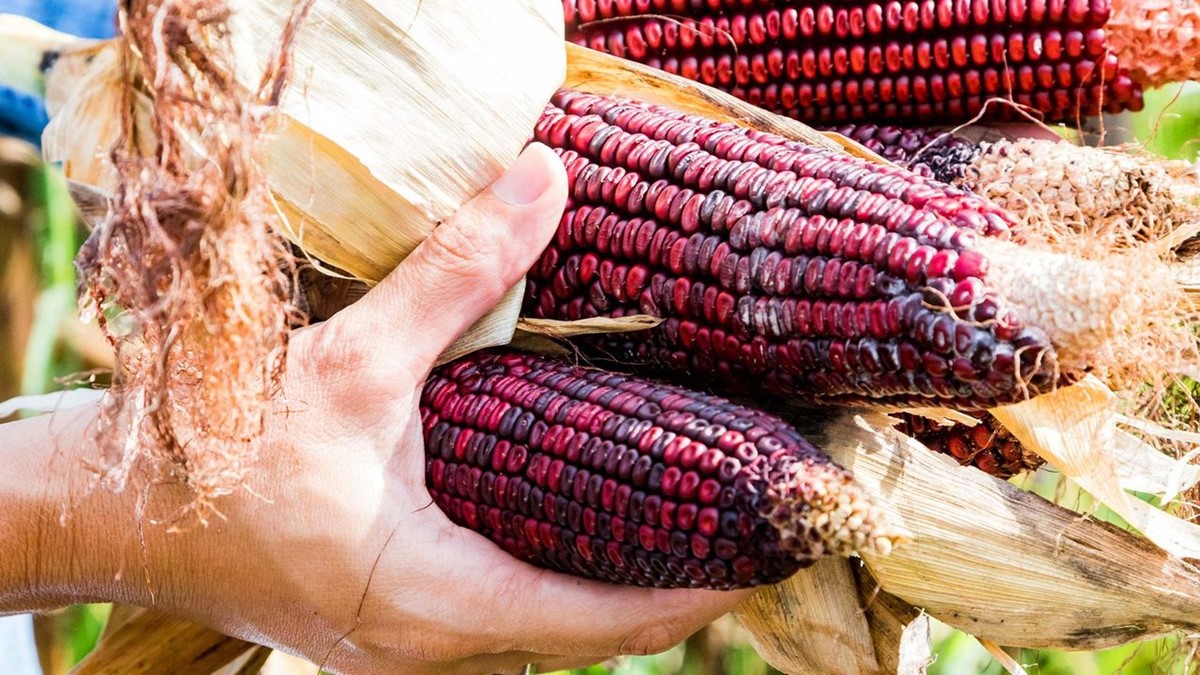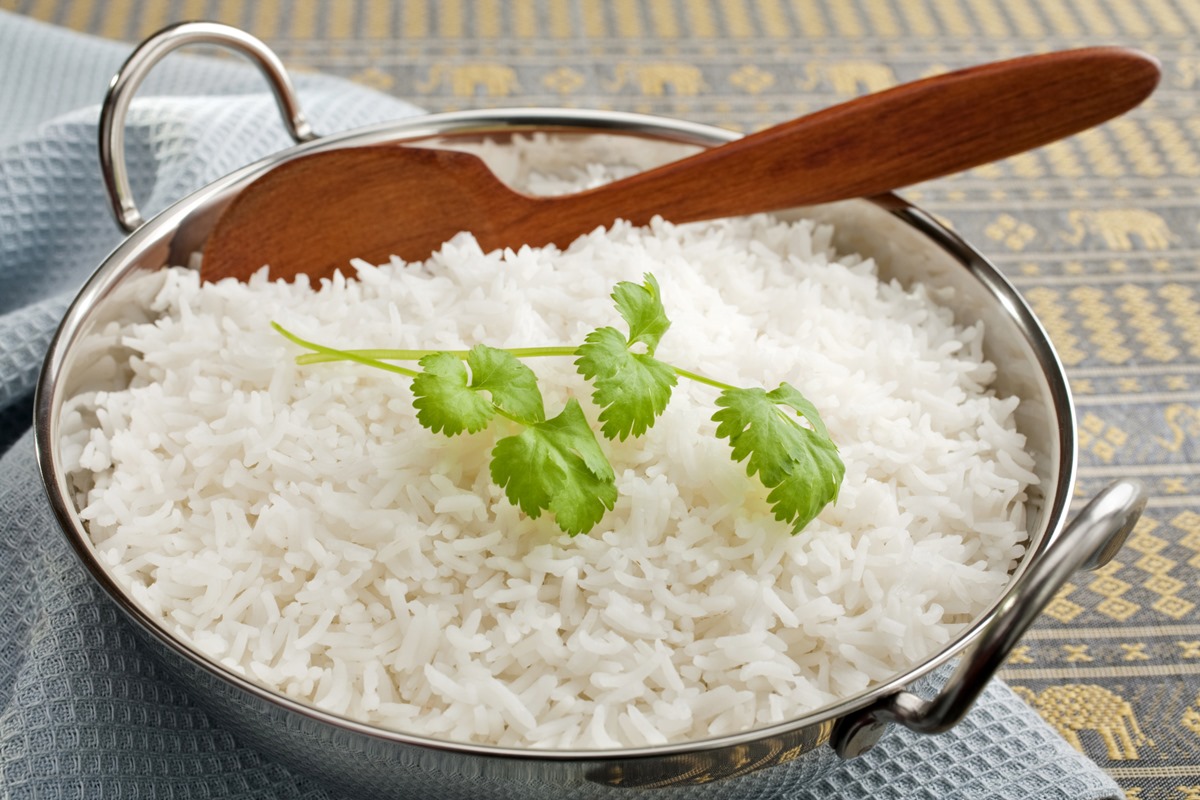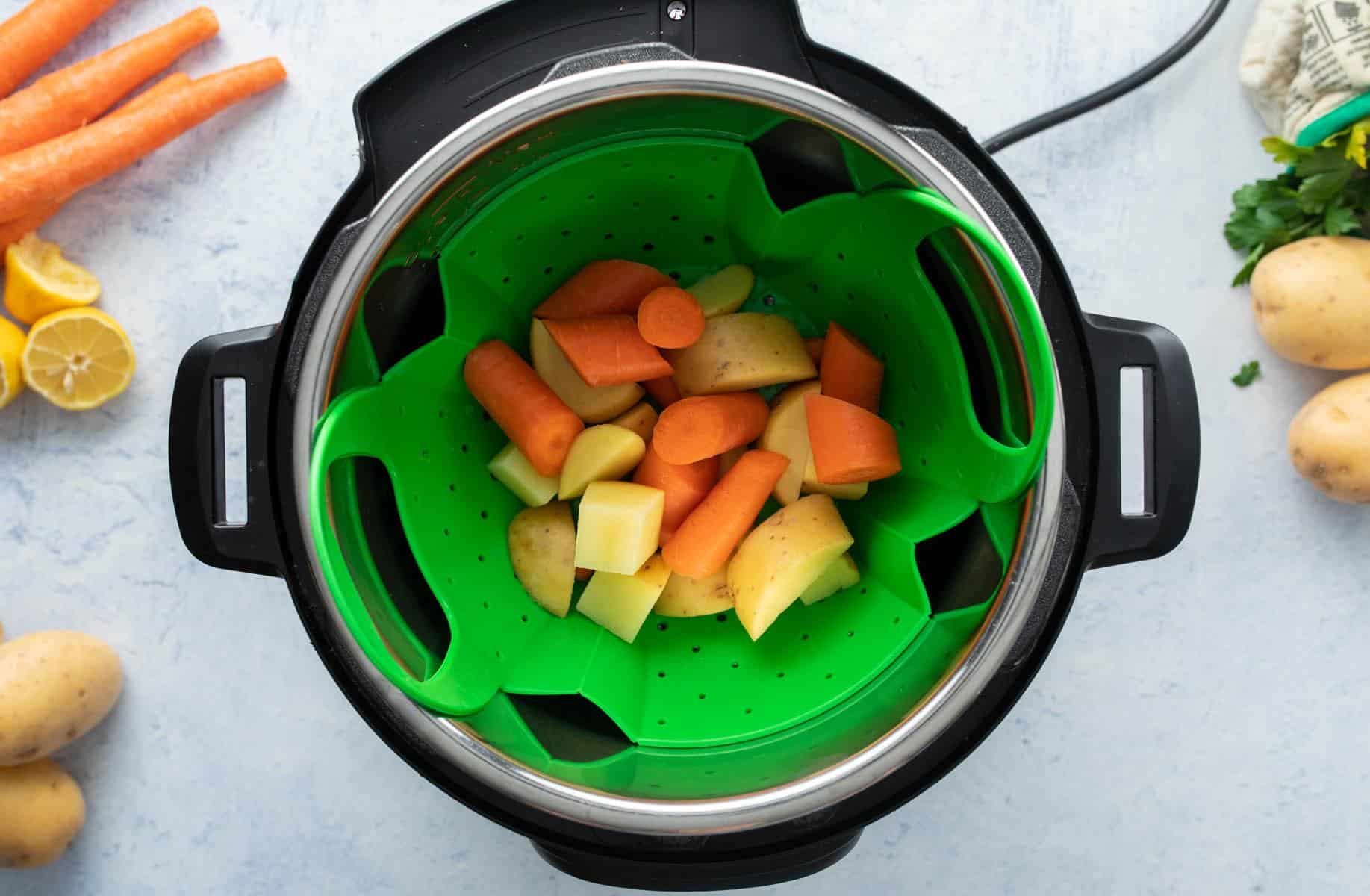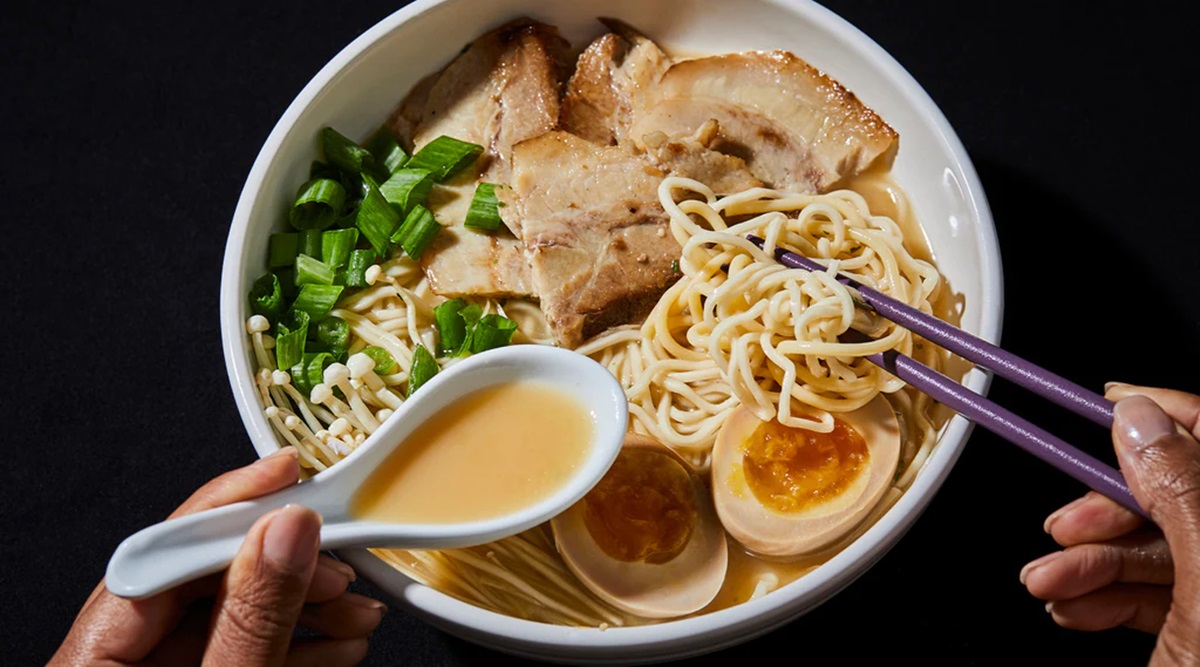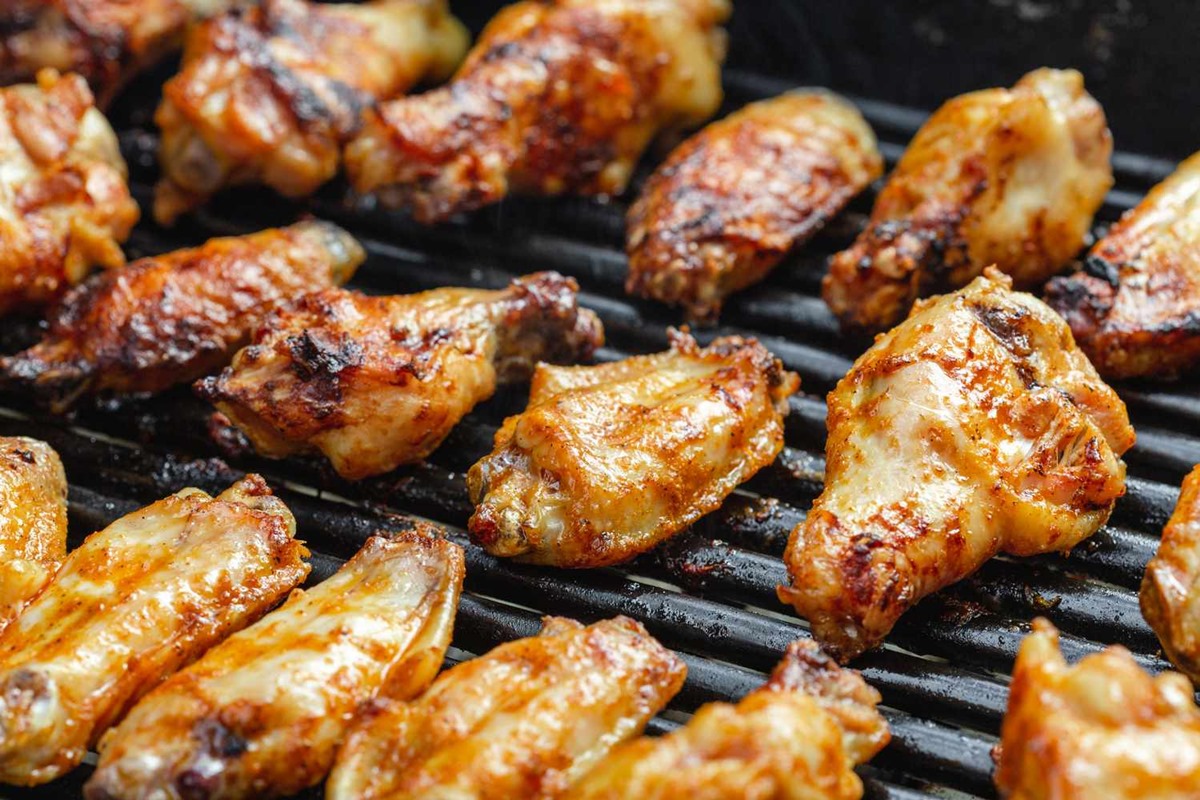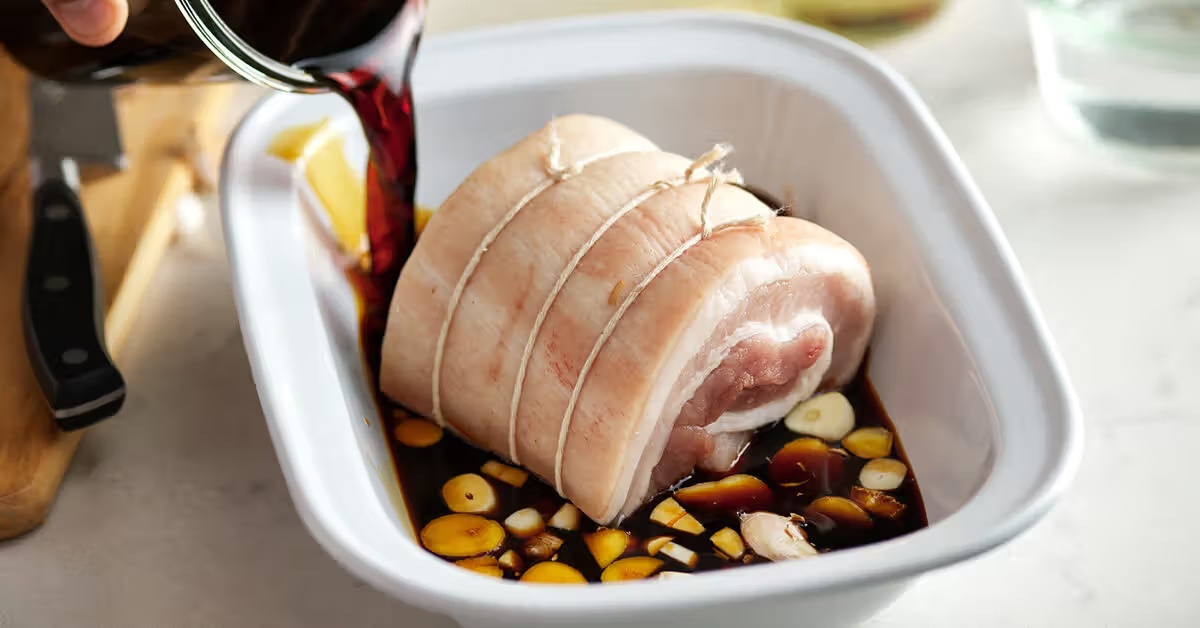Cooking Like Our Ancestors: A Guide to Preparing Ancient Grains
As we strive to embrace healthier and more nutritious food options, ancient grains have gained popularity in recent years. These whole grains have been around for centuries and offer a plethora of health benefits. From quinoa and amaranth to farro and teff, ancient grains provide a variety of flavors and textures that can elevate your meals to a whole new level. In this article, we will guide you through the process of cooking these nutritious treasures.
Step 1: Rinse the Grains
Before you begin cooking, it’s important to rinse the ancient grains thoroughly under running water. This helps remove any dirt or debris that may be present. Use a fine-mesh sieve to ensure no grains are lost during the rinsing process.
Step 2: Measure and Soak
Once rinsed, measure the desired amount of ancient grains you want to cook. With most grains, the ideal ratio is 1 cup of grains to 2 cups of water or broth. However, be sure to check the specific cooking instructions for the particular grain you are using. Some grains, like amaranth, require less liquid.
After measuring, it’s time to soak the grains. Soaking not only helps reduce cooking time, but it also aids in digestion and enhances nutrient absorption. Place the grains in a bowl and cover them with water. Let them soak for about 30 minutes to an hour, or follow the instructions for your specific grain.
Step 3: Cooking Methods
There are several cooking methods you can use to prepare ancient grains. Here are a few popular options:
- Stovetop: In a saucepan, bring the soaked grains and water or broth to a boil. Reduce the heat to low, cover, and simmer for the suggested cooking time. Check the texture of the grains, and if needed, cook for a few more minutes until they reach your desired consistency.
- Rice Cooker: If you have a rice cooker, it can easily be adapted to cook ancient grains. Simply add the grains, water or broth, and follow the manufacturer’s instructions for cooking rice.
- Instant Pot: With the popularity of electric pressure cookers, cooking ancient grains has become even more convenient. Add the grains, water or broth, and use the appropriate setting for the specific grain. The Instant Pot will do the rest. It’s a time-efficient way to cook grains to perfection.
Step 4: Fluff and Serve
Once the grains are cooked, remove them from the heat source and let them sit for a few minutes. This allows any remaining moisture to be absorbed, resulting in fluffy and perfectly cooked grains.
With the grains ready, it’s time to get creative! You can incorporate them into salads, soups, stir-fries, or as a wholesome side dish. Their nutty flavor and unique textures will add depth to your culinary creations.
Experiment with Ancient Grains
Now that you know the basics of cooking ancient grains, don’t be afraid to experiment with different recipes and flavor combinations. These versatile grains can be used as a substitute for rice, pasta, or couscous in numerous dishes. From savory to sweet, the possibilities are endless!
Remember to store any leftover cooked grains in an airtight container in the refrigerator. They can typically be refrigerated for up to 3-4 days or frozen for future use.
So, go ahead and embark on a culinary journey back in time by incorporating ancient grains into your meals. You’ll not only enjoy the delicious flavors but also reap the nutritional benefits that have stood the test of time. Happy cooking!
For those looking to expand their cooking repertoire with ancient grains, there are several standout recipes to try. The Quinoa and Black Bean Chili provides a hearty and nutritious meal that's perfect for any season. The Farro Risotto with Mushrooms offers a creamy, comforting dish that's ideal for a cozy dinner. For breakfast, the Amaranth Breakfast Porridge is a nourishing start to the day, packed with protein and fiber. The Millet Stuffed Peppers make for a delightful and colorful main course that's both filling and healthy. Lastly, the Spelt Flour Pizza Dough is a fun way to incorporate ancient grains into a classic favorite, offering a unique twist on traditional pizza. These recipes not only highlight the versatility of ancient grains but also offer a range of flavors and textures to explore.
Was this page helpful?
Read Next: How To Cook Barbacoa Beef Cheek In The Oven
